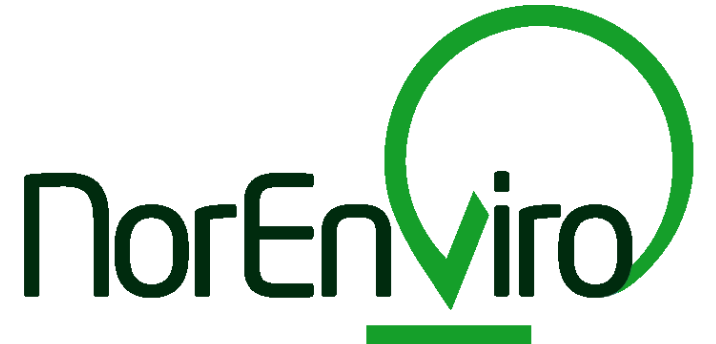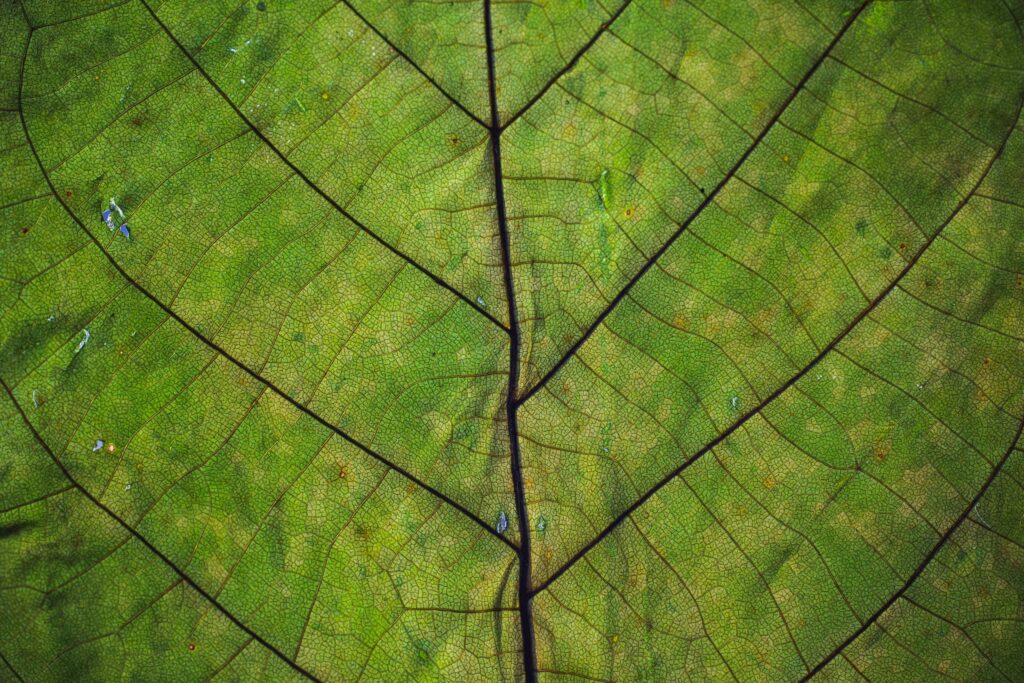Product name
Microfibrillated cellulose, Exilva Forte; without water; at plant; in 2% solution state
Reference flow unit
1 kg dry product
System boundaries
Production of microfibrillated cellulose (MFC) of the Exilva Forte grade, in a 2% concentration at the Exilva industrial MFC plant in Sarpsborg, Norway. The functional unit is 1 kg dry product at factory gate, without packaging.
The modelling of the Exilva plant has been part of work package 7 (WP7) of the H2020 BBI JU Exilva project ‘Flagship demonstration of an integrated plant towards large scale supply and market assessment of MFC’ (Grant Agreement No 709746). The modelling of the Borregaard biorefinery and the Exilva site have been documented in the following reports: Modahl and Soldal (2015) and Modahl, Brekke, Valente and Soldal (2016). The 2011 status of the specialty cellulose was published as a scientific paper by Modahl, Brekke and Valente (2015). Exilva MFC comes in four grades: Piano Light, Piano, Forte and Forte Plus, and all qualities are produced both as a 2% suspension and a 10% paste.
Use advice of the dataset
MFC has many different application areas where different characteristics are emphasised. If the dataset is used for comparing Exilva MFC to other materials for the same purpose, special attention should be directed to product formulations and amounts. Necessary data to perform toxicity assessments has not been collected. Data are given for the active substance of the product. It is, however, sold and used with relative large amounts of water. Hence, make sure you calculate the correct amount of active substance. An example: you are transporting 1 kg of 2% Exilva. The amount of active substance is 20g. To calculate the correct transport volume, you will need to transport 20g of active substance and 980g water.
Contact info
ism@norsus.no
Technology description
Production of the specialty cellulose, which is the main raw material for the MFC, takes place in an advanced biorefinery which also produces lignosulfonates, bioethanol, vanillin, sodium hypochlorite, sodium hydroxide and hydrochloric acid. Further processing of the specialty cellulose to MFC is made in a full-scale industrial plant built in 2016 (Exilva site). The main raw material of the biorefinery is Norway Spruce from Norway and Sweden. Specific data has been used for all activities at the Borregaard biorefinery and Exilva sites. Data for the biorefinery are from 2015 and data for the Exilva plant are from 2016 and 2018. The Ecoinvent database (version 3.8 allocation cut-off by classification) has been used for background processes. The biorefinery and the Exilva plant have been modelled on a detailed level, avoiding allocation to a large extent. Energy allocation has been used when necessary. An attributional approach has been used. To be in line with the EPDs made for the biorefinery’s products (including the specialty cellulose), the following system boundaries have been applied: Norwegian electricity production mix has been used for electricity used in Norway, emissions from combustion of waste for heat production at the biorefinery are not allocated the user of the heat, rather the producer of the waste, and emissions from combustion of waste oil and biogas have been allocated the user. Infrastructure is included (in contrast to the EPDs, where infrastructure in the form of production equipment with an expected lifetime over three years, buildings and capital goods are not included except for energy carriers). The LCA software SimaPro (version 9.2.0) was used to model the system.
Quality level
Very good
Location
Norway
Geographical representativeness
Data for the biorefinery is collected from, and specific for, the given biorefinery in Sarpsborg, Norway.
Reference year
2016
Time representativeness
Data for the Exilva plant is from 2016, and for the biorefinery data for the major flows are from 2015 (specialty cellulose as raw material). Data used are based on annual numbers. For the biorefinery these numbers could change somewhat from year to year but the burdens per kg of specialty cellulose would not vary much. Changes in the energy carrier mix of the biorefinery could, however, alter resource use, emissions and waste generation. For the Exilva plant (microfibrillation of specialty cellulose), flows per kg of product will be quite constant.
Other comments on methods approaches
The biorefinery (producing specialty cellulose as a raw material for the microfibrillated cellulose) and the Exilva plant have been modelled on a detailed level, largely avoiding the need for allocation. Energy allocation has been used when necessary. For steam and hot water, the enthalpy has been used. Infrastructure is included. Emissions from combustion of waste for heat production at the biorefinery are not allocated to the user of the heat, rather to the producer of the waste. Emissions from combustion of waste oil and biogas have been allocated to the user.
References
Modahl, I.S. and Soldal, E. (2015): The 2015 LCA of products from the wood-based biorefinery at Borregaard, Sarpsborg. Results for cellulose, ethanols, lignosulfonates, vanillin, sodium hypochlorite, sodium hydroxide and hydrochloric acid. Ostfold Research, OR 11.15, April 2016.
Modahl, I.S., Brekke, A. and Valente, C. (2015): Environmental assessment of chemical products from a Norwegian biorefinery. Journal of Cleaner Production 94 (2015) 247-259.
Modahl, I.S., Brekke, A., Valente, C., and Soldal, E. (2016): E-LCA and S-LCA of the Exilva MFC process. AR 10.16 Ostfold Research. Deliverable report D7.2 from work package 7 of the H2020 Exilva project ‘Flagship demonstration of an integrated plant towards large scale supply and market assessment of MFC’ (Grant Agreement No 709746). Confidential. November 2016.









